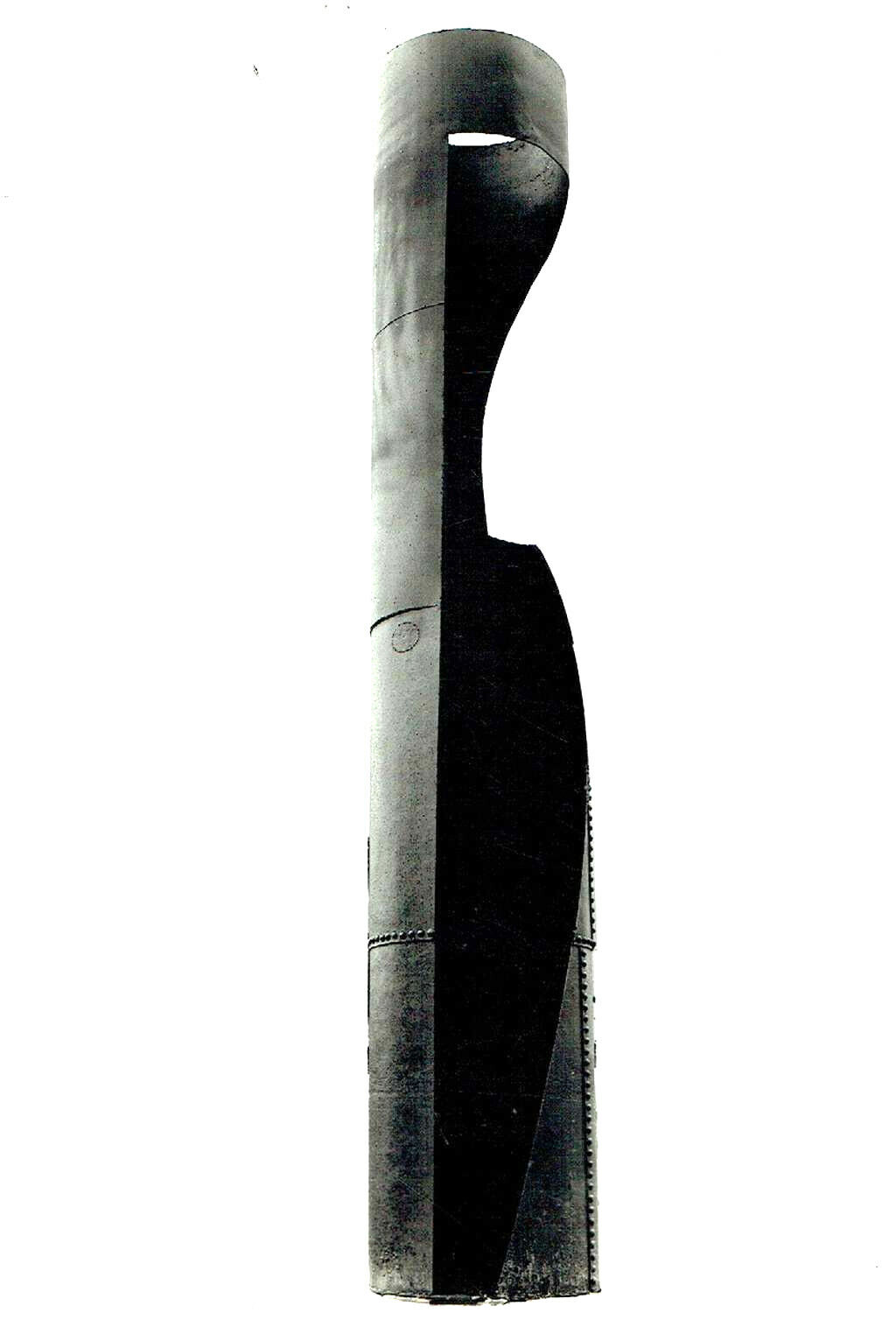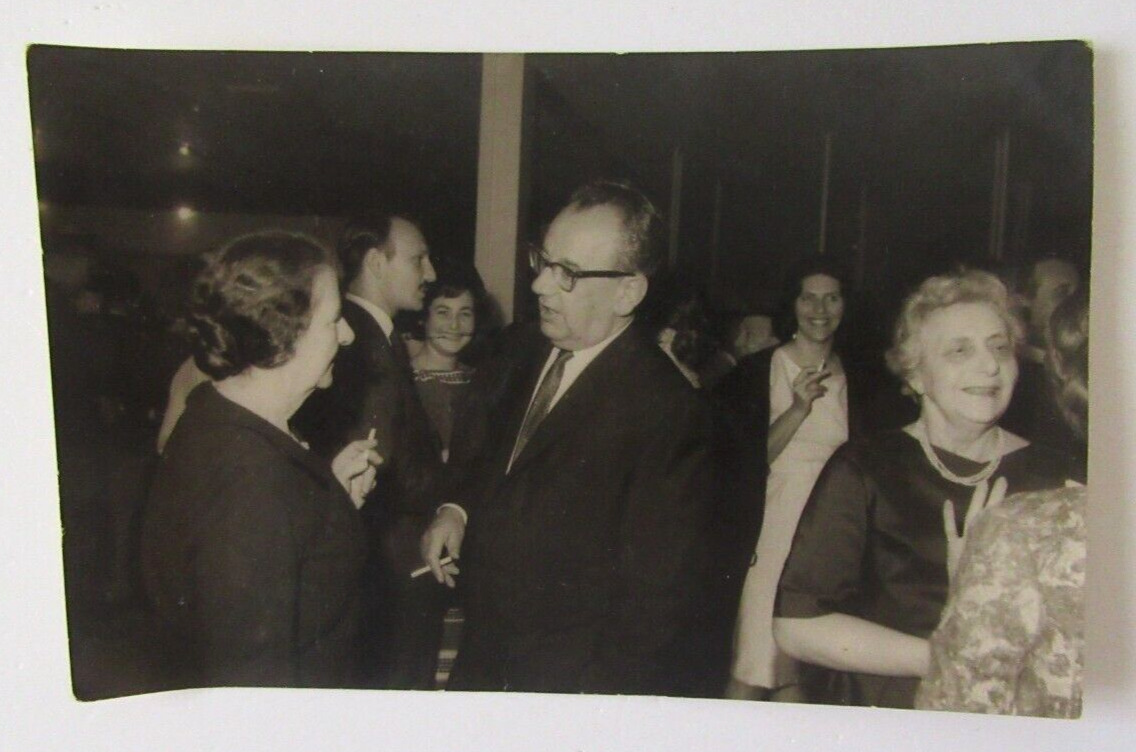-40%
1960 WARREN BEATTY Two SHANA TOVA Israel PHOTO CARDS Movie JUDAICA Jewish FILM
$ 25.87
- Description
- Size Guide
Description
DESCRIPTION:
Original Ca 1960's two Hebrew Israeli photographed SHANAH TOVAH greeting cards ( New year greeting card ) , The two depict the photographed image of the Hollywood movie star , The still young WARREN BEATTY , To his photographed image , A nice Hebrew - English SHANA TOVA blessing was added , Decorated with a nice illustration of a singing bird seating on a branch of flowers. The whole card is a REAL PHOTO printed on thick chromo photography paper .
Dimensions around 4 x 3". Very good condition.
( Pls look at scan for accurate AS IS images ).
Will be sent inside a protective rigid packaging .
AUTHENTICITY
: These are ORIGINAL vintage ca 1960's cards , NOT a reproduction or a reprint , they hold a life long GUARANTEE for their AUTHENTICITY and ORIGINALITY.
PAYMENTS
:
P
ayment method accepted : Paypal .
SHIPPMENT
:
Shipp worldwide via registered airmail is $ 19 .
Will be sent inside a protective rigid packaging .
Will be sent around 5 days after payment .
The widespread custom of sending Jewish New Year's cards dates to the Middle Ages, thus predating by centuries Christian New Year's cards, popular in Europe and the United States only since the 19
th
century. The custom is first mentioned in the Book of Customs of Rabbi Jacob, son of Moses *Moellin (1360–1427), the spiritual leader of German Jewry in the 14
th
century (
Minhagei Maharil
, first ed. Sabionetta, 1556). Based on the familiar talmudic dictum in tractate Rosh ha-Shanah 16b concerning the "setting down" of one's fate in one of the three Heavenly books that are opened on the Jewish New Year, the Maharil and other German rabbis recommended that letters sent during the month of Elul should open with the blessing "May you be inscribed and sealed for a good year." Outside of Germany and Austria, other Jewish communities, such as the Sephardi and Oriental Jews, only adopted this custom in recent generations. The German-Jewish custom reached widespread popularity with the invention – in Vienna, 1869 – of the postal card. The peak period of the illustrated postcard, called in the literature "The Postal Card Craze" (1898–1918), also marks the flourishing of the Jewish New Year's card, produced in three major centers: Germany, Poland, and the U.S. (chiefly in New York). The German cards are frequently illustrated with biblical themes. The makers of Jewish cards in Warsaw, on the other hand, preferred to depict the religious life of East European Jewry in a nostalgic manner. Though the images on their cards were often theatrically staged in a studio with amateur actors, they preserve views and customs lost in the Holocaust. The mass immigration of the Jews from Eastern Europe to the United States in the first decades of the 20
th
century gave a new boost to the production of the cards. Some depicted America as the new homeland, opening her arms to the new immigrants, others emphasized Zionist ideology and depicted contemporary views of Ereẓ Israel. The Jews of 19
th
c. Ereẓ Israel ("the old
yishuv
"), even prior to the invention of the postal card, sent tablets of varying sizes with wishes and images for the New Year, often sent abroad for fundraising purposes. These tablets depicted the "Four Holy Cities" as well as holy sites in and around Jerusalem. A popular biblical motif was the Binding of Isaac, often taking place against the background of the Temple Mount and accompanied by the appropriate prayer for Rosh ha-Shanah. Also common were views of the yeshivot or buildings of the organizations which produced these tablets. In the 1920s and 1930s the cards highlighted the acquisition of the land and the toil on it as well as "secular" views of the proud new pioneers. Not only did this basically religious custom continue and become more popular, but the new cards attest to a burst of creativity and originality on the subject matter as well as in design and the selection of accompanying text. Over the years, since the establishment of the State of Israel, the custom has continued to flourish, with the scenes and wishes on the cards developing as social needs and situations changed. The last two decades of the 20
th
century have seen a decline in the mailing of New Year's cards in Israel, superseded by phone calls or internet messages. In other countries, especially the U.S., cards with traditional symbols are still commonly sent by mail, more elaborately designed than in the past. Thus, the simple and naïve New Year's card vividly reflects the dramatic changes in the life of the Jewish people over the last generations
*****
Henry Warren Beatty born March 30, 1937) is an American actor, producer, screenwriter and director. Beatty has been nominated for 15 Academy Awards, and has won the Best Director Award and the Academy's highest honor, the Irving G. Thalberg Award. He has been nominated for 16 Golden Globe Awards and won six, including the Cecil B. DeMille Award in 2007. Only Beatty and Orson Welles have been nominated for best producer, director, writer and actor in the same film--Welles once (for
Citizen Kane
), and Beatty twice (for
Heaven Can Wait
and
Reds
). It might have been easy to write off American actor Warren Beatty as merely the younger brother of film star Shirley MacLaine, were it not for the fact that Beatty was a profoundly gifted performer whose creative range extended beyond mere acting. After studying at Northwestern University and with acting coach Stella Adler, Beatty was being groomed for stardom almost before he was of voting age, cast in prominent supporting roles in TV dramas and attaining the recurring part of the insufferable Milton Armitage on the TV sitcom Dobie Gillis. Beatty left Dobie after a handful of episodes, writing off his part as "ridiculous," and headed for the stage, where he appeared in a stock production of Compulsion and in William Inge's Broadway play A Loss of Roses.The actor's auspicious film debut occurred in Splendor in the Grass (1961), after which he spent a number of years being written off by the more narrow-minded movie critics as a would-be Brando. Both Beatty and his fans knew that there was more to his skill than that, and in 1965 Beatty sank a lot of his energy and money into a quirky, impressionistic crime drama, Mickey One (1965). The film was a critical success but failed to secure top bookings, though its teaming of Beatty with director Arthur Penn proved crucial to the shape of movie-making in the 1960s. With Penn again in the director's chair, Beatty took on his first film as producer/star, Bonnie and Clyde (1967). Once more, critics were hostile -- at first. A liberal amount of praise from fellow filmmakers and the word-of-mouth buzz from film fans turned Bonnie and Clyde into the most significant film of 1967 -- and compelled many critics to reverse their initial opinions and issue apologies. This isn't the place to analyze the value and influence Bonnie and Clyde had; suffice it to say that this one film propelled Warren Beatty from a handsome, talented film star into a powerful filmmaker. Picking and choosing his next projects very carefully, Beatty was offscreen as much as on from 1970 through 1975, though several of his projects -- most prominently McCabe and Mrs. Miller (1971) and The Parallax View (1974) -- would be greeted with effusive praise by film critics and historians. In 1975, Beatty wrote his first screenplay, and the result was Shampoo (1975), a trenchant satire on the misguided mores of the late '60s. Beatty turned director for 1978's Heaven Can Wait, a delightful remake of Here Comes Mr. Jordan that was successful enough to encourage future Hollywood bankrolling of Beaty's directorial efforts. In 1981, Beatty produced, directed, co-scripted and acted in Reds a spectacular recounting of the Russian Revolution as seen through the eyes of American Communist John Reed. It was a pet project of Beatty's, one he'd been trying to finance since the 1970s (at that time, he'd intended to have Sergei Bondarchuk of War and Peace fame as director). Reds failed to win a Best Picture Academy Award, though Beatty did pick up an Oscar as Best Director. Nothing Beatty has done since Reds has been without interest; refusing to turn out mere vehicles, he has taken on a benighted attempt to re-spark the spirit of the old Hope-Crosby road movies (Ishtar [1984]); brought a popular comic strip to the screen, complete with primary colors and artistic hyperbole (Dick Tracy [1991]); and managed to make the ruthless gangster Bugsy Siegel a sympathetic visionary (Bugsy [1992]). In 1998 he was able to breath new life into political satire with Bulworth, his much acclaimed film in which he plays a disillusioned politician who turns to rap to express himself. In 2001, Beatty rekindled memories of Ishtar as he starred in another phenomenal bust, Town & Country. Budgeted at an astronomical 90 million dollars and earning a miserable 6.7 million dollars during it's brief theatrical run, Town & Country was released three years after completion and pulled from theaters after a mere four weeks, moving critics to rank it among the biggest flops in movie history. Fiercely protective of his private life, and so much an advocate of total control that he will dictate the type of film stock and lighting to be used when being interviewed for television, Beatty has nonetheless had no luck at all in keeping his many amours out of the tabloids. However, Beatty's long and well-documented history of high-profile romances with such actresses as Leslie Caron, Julie Christie, Diane Keaton, and Madonna came to an abrupt end upon his 1992 marriage to Bugsy co-star Annette Bening, with whom he later starred in 1994's Love Affair, his blighted remake of the 1957 An Affair to Remember. ebay248













